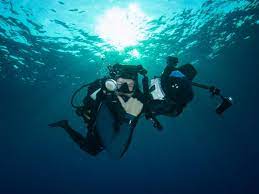
How to diagnose problems with a mini tank 5 common issues
To diagnose mini tank issues, start by testing water weekly—use liquid kits for pH (ideal 6.5-7.5) and ammonia (keep <0.25ppm). A filter with reduced flow (below 80% normal) signals clogged medi...
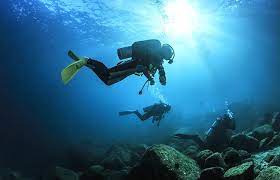
Mini scuba tank for snorkeling upgrade: 5 setup steps
To upgrade your snorkeling mini scuba tank, first pick a 0.5L aluminum cylinder (lightweight, 1.2kg empty) with a 100-200 bar working pressure; next, attach a 2mm O-ring to the regulator port to se...
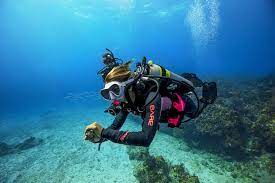
Mini scuba tank for emergency use: 5 preparedness steps
For mini scuba tank emergency prep: First, check pressure monthly (full = 3,000 psi, safe minimum = 500 psi); second, practice regulator attachment until fluent; third, service annually by a pro; f...
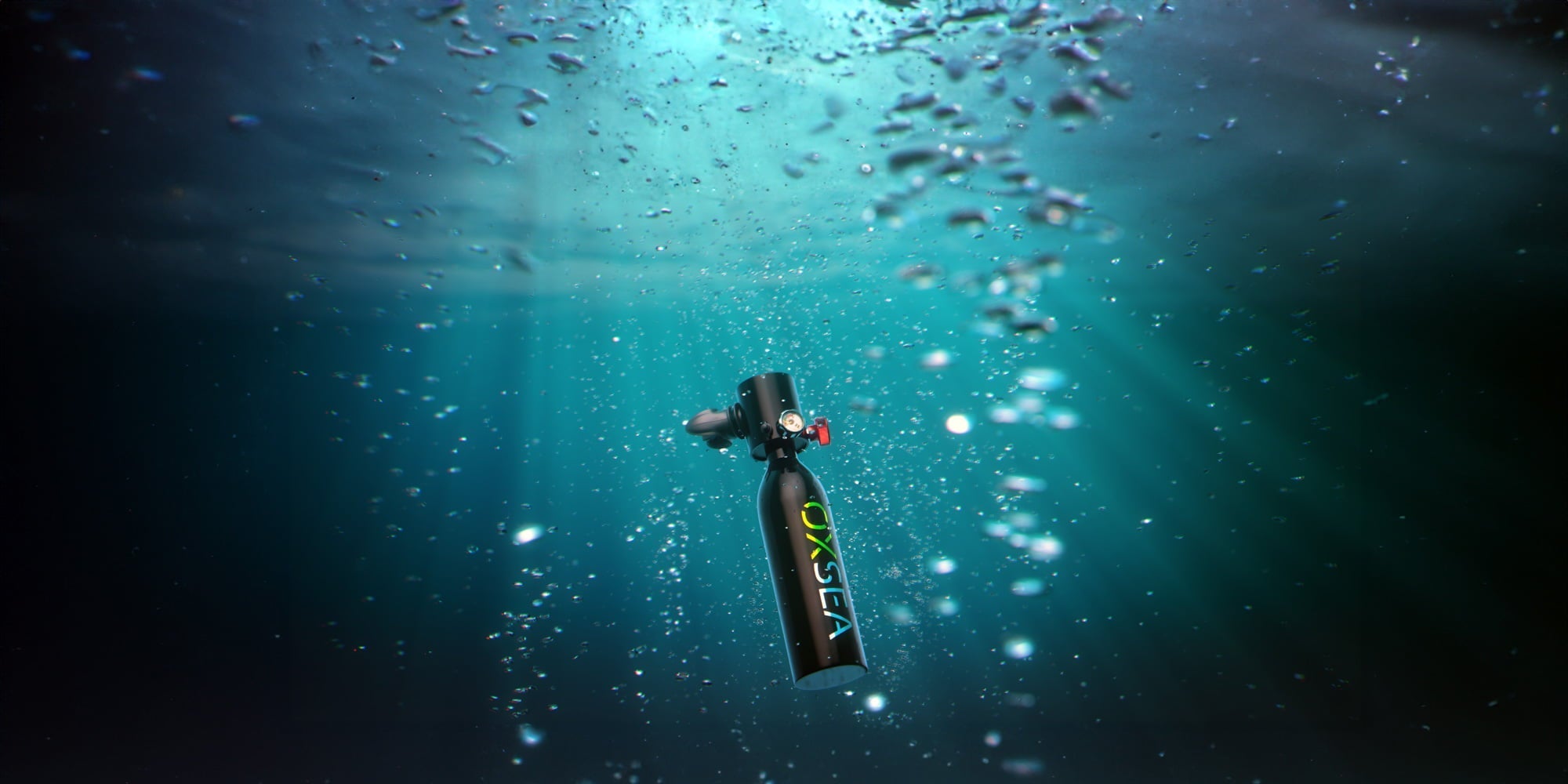
How to protect a mini scuba tank from corrosion 5 care steps
To protect a mini scuba tank from corrosion, rinse it with freshwater after each use to remove salt or chemicals, then dry thoroughly(focus on valves and seams) before storing in a low-humidity env...
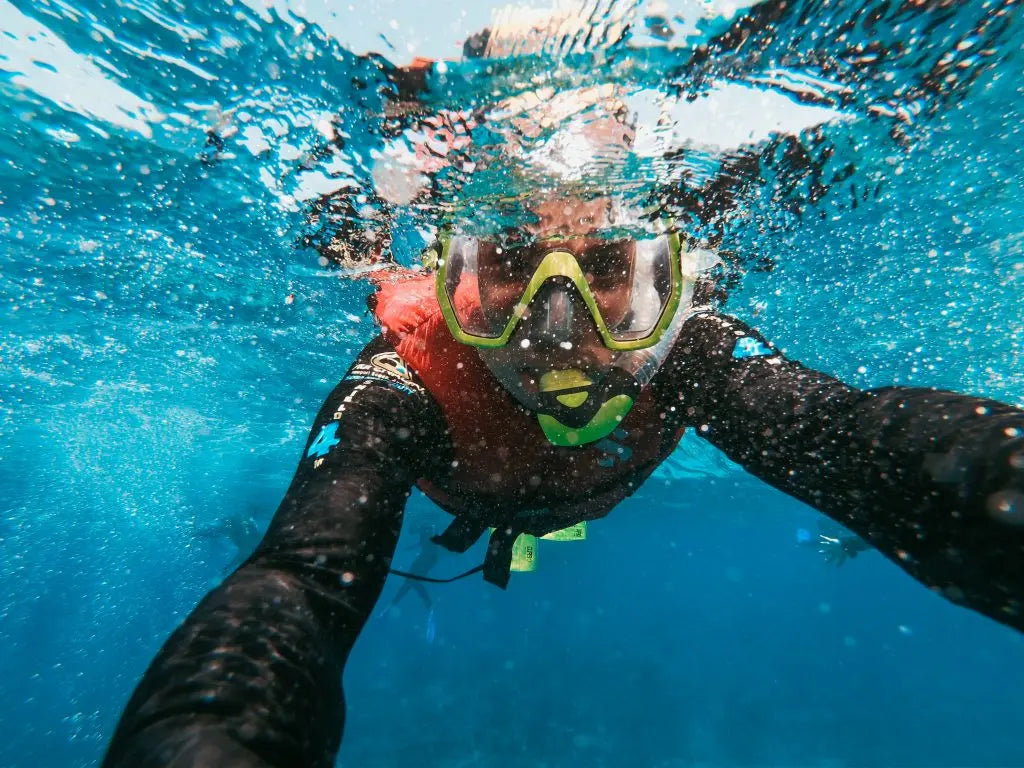
What are the different valve types for mini tanks 4 comparisons
Mini tank valves include ball, needle, diaphragm, and plug valves, differing in flow control, pressure tolerance, and application: Ball valves (Cv 0.1–10 GPM) suit high flow; needle valves (Cv <...
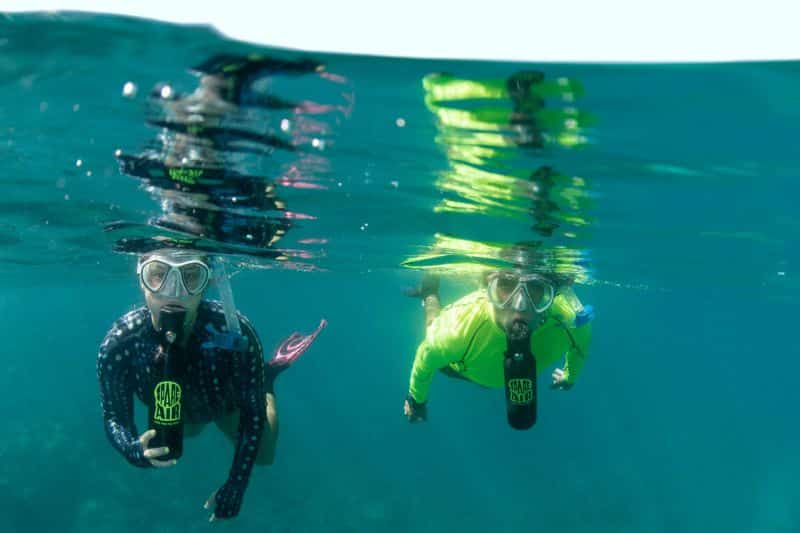
How to choose a mask for mini tank diving 4 features
When choosing a mask for mini tank diving, prioritize a snug fit (test with the "2-finger press" to check for leaks), 180° wide-angle lenses to maximize underwater visibility, food-grade silicone s...